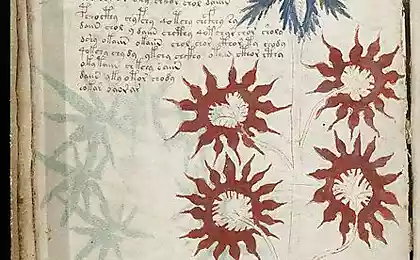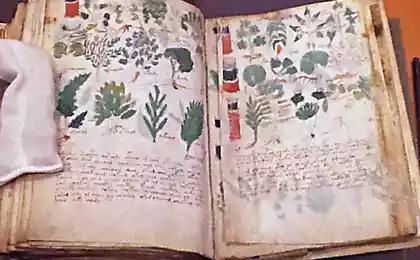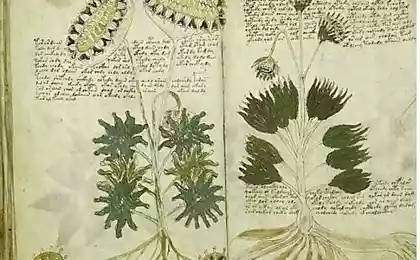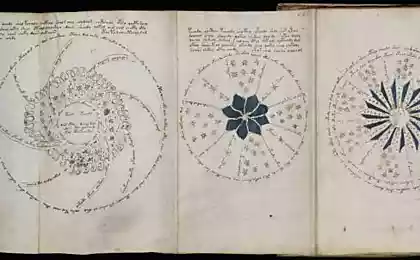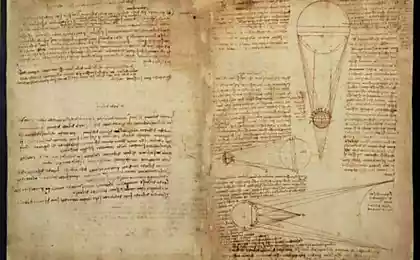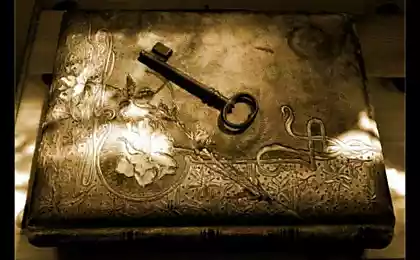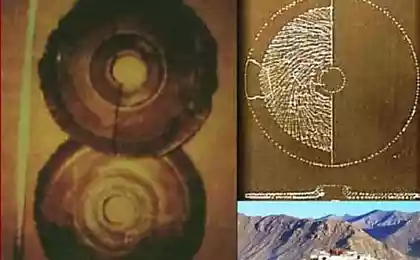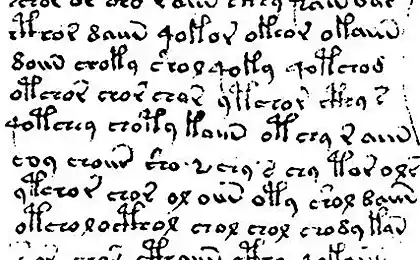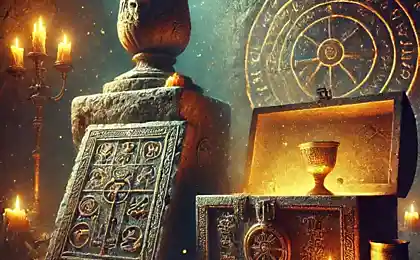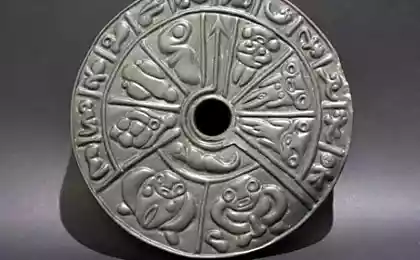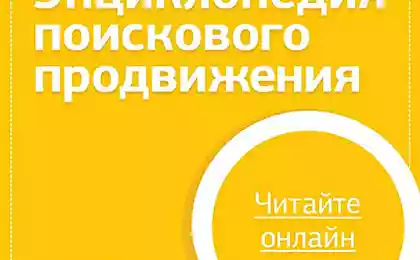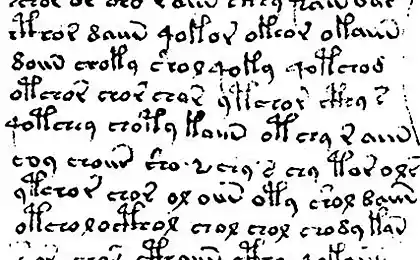1779
There is progress in deciphering the Voynich manuscript
Very famous and mysterious book Манускрипт Voynich , about which I have heard every fan of cryptography has finally begun to open its secrets.
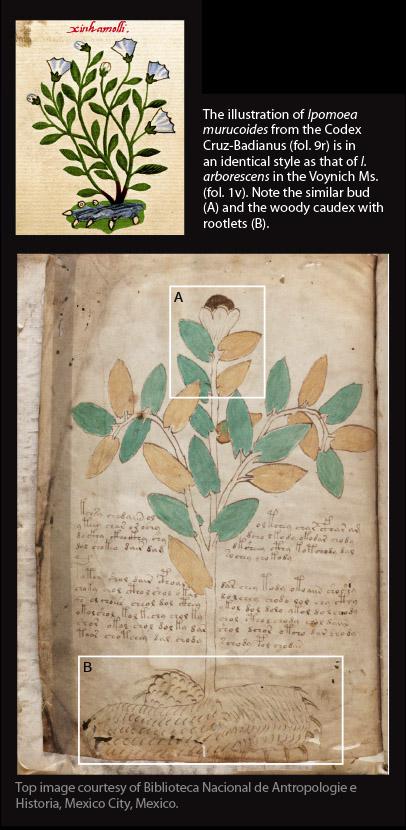
This manuscript is a book with many illustrations and explanations to them. All illustrations are written using an unknown writing system and until recently it was not clear at all whether there is useful information in the book. And that's just in the last year, as a result of the analysis of the manuscript theoretical physicist Marcelo Montemurro from the University of Manchester, there was hope that the manuscript is not a hoax and definitely contains a meaningful message.
Apparently this is what that gave impetus to the researchers, and finally had a breakthrough. Oddly enough, but the first steps have been made by the botanist Arthur Tucker (Arthur O. Tucker) from the University of Delaware and IT-specialist Rexford Tolbert (Rexford H. Talbert).
The results of their исследования were published in 100th issue of the journal HerbalGram - The Journal of the American Botanical Council.
The first image in the beginning of this article is an illustration of the Voynich manuscript and illustrations of Codex Cruz-Badianus Aztec herbalist 1552. Both figures illustrate the plant Ipomoea murucoides common in Guatemala and southern Mexico. Both can be seen rhizome with clawed appendages and white flowers.
And on the lower image guessed Opuntia - from the family Cactaceae, the caption easily translitiriruetsya name of the plant in a dialect of the Aztec language.
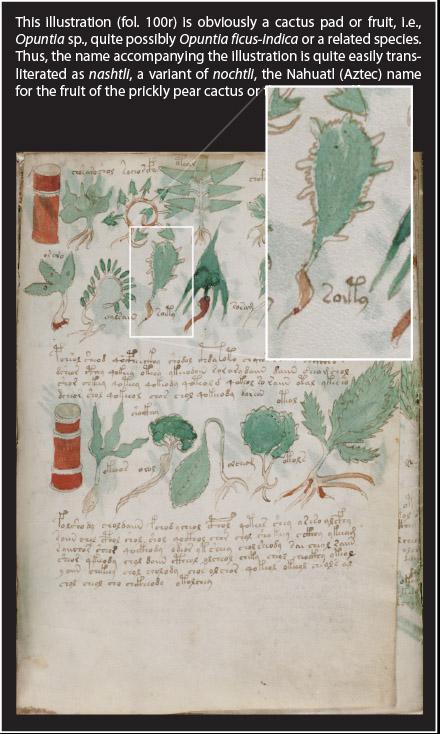
Researchers discover similarities in the style of drawing, were able to identify 37 plants of 303 submitted, 6 animals and one mineral. Habitat identified objects is Central America. And the names are similar in spelling the names of these objects in Spanish, Aztec, Mixtec language and language Taino. Based on these findings, they have suggested that the book is written in a dialect of the Aztec language, and it describes the contents of the botanical garden in central Mexico.
PS: If someone who can not translate, it is interesting to read in more detail about their study unsubscribe in the comments, and I added the article.
Source: habrahabr.ru/post/210136/

This manuscript is a book with many illustrations and explanations to them. All illustrations are written using an unknown writing system and until recently it was not clear at all whether there is useful information in the book. And that's just in the last year, as a result of the analysis of the manuscript theoretical physicist Marcelo Montemurro from the University of Manchester, there was hope that the manuscript is not a hoax and definitely contains a meaningful message.
Apparently this is what that gave impetus to the researchers, and finally had a breakthrough. Oddly enough, but the first steps have been made by the botanist Arthur Tucker (Arthur O. Tucker) from the University of Delaware and IT-specialist Rexford Tolbert (Rexford H. Talbert).
The results of their исследования were published in 100th issue of the journal HerbalGram - The Journal of the American Botanical Council.
The first image in the beginning of this article is an illustration of the Voynich manuscript and illustrations of Codex Cruz-Badianus Aztec herbalist 1552. Both figures illustrate the plant Ipomoea murucoides common in Guatemala and southern Mexico. Both can be seen rhizome with clawed appendages and white flowers.
And on the lower image guessed Opuntia - from the family Cactaceae, the caption easily translitiriruetsya name of the plant in a dialect of the Aztec language.

Researchers discover similarities in the style of drawing, were able to identify 37 plants of 303 submitted, 6 animals and one mineral. Habitat identified objects is Central America. And the names are similar in spelling the names of these objects in Spanish, Aztec, Mixtec language and language Taino. Based on these findings, they have suggested that the book is written in a dialect of the Aztec language, and it describes the contents of the botanical garden in central Mexico.
PS: If someone who can not translate, it is interesting to read in more detail about their study unsubscribe in the comments, and I added the article.
Source: habrahabr.ru/post/210136/
